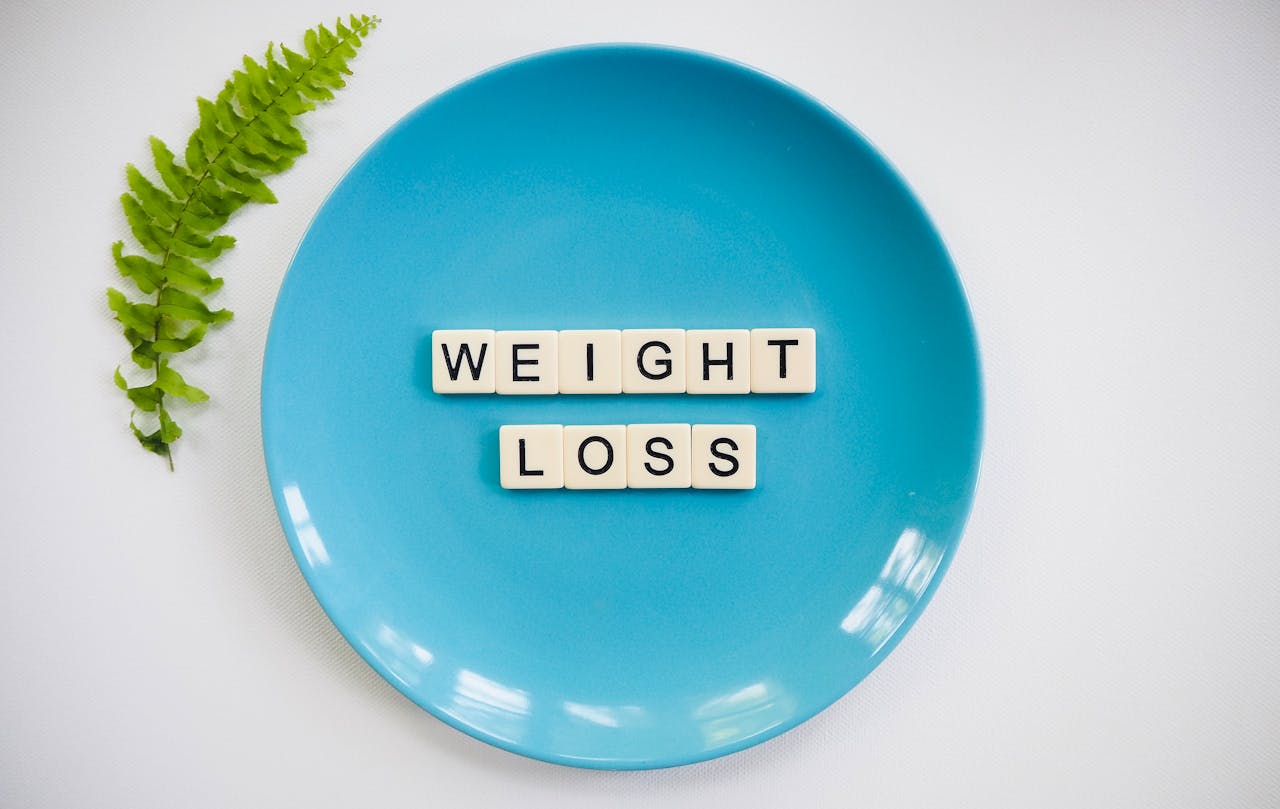When it comes to weight loss, one of the most common questions people ask is whether they should focus on cardio or strength training. Both forms of exercise have their benefits, but when it comes to shedding those extra pounds, understanding how each impacts your body is key to making an informed decision. In this blog, we’ll dive into the pros and cons of cardio and strength training for weight loss and help you determine which approach is best suited to your goals.
The Case for Cardio
1. Burns Calories Quickly
Cardiovascular exercises, such as running, cycling, swimming, and high-intensity interval training (HIIT), are known for their ability to burn calories quickly. During a typical cardio session, your heart rate is elevated, leading to an increased calorie expenditure. This makes cardio an effective way to create a calorie deficit, which is essential for weight loss.
2. Improves Cardiovascular Health
Aside from weight loss, cardio is excellent for improving your heart health. Regular cardio sessions can help lower blood pressure, improve cholesterol levels, and reduce the risk of heart disease. For those looking to lose weight and improve overall health, cardio can be a great starting point.
3. Boosts Mood and Energy
Cardio has been shown to release endorphins, the body’s natural mood boosters. This can lead to a reduction in stress and anxiety, making it easier to stick to your weight loss plan. Additionally, regular cardio can increase your energy levels over time, helping you stay active throughout the day.
4. Short-Term Fat Loss
One of the immediate benefits of cardio is its ability to burn fat. However, the effects can be short-lived if not combined with other forms of exercise. Cardio alone may lead to muscle loss over time, which can slow your metabolism and make long-term weight maintenance more challenging.
The Case for Strength Training
1. Builds Muscle, Boosts Metabolism
Strength training involves resistance exercises like weightlifting, bodyweight exercises, and resistance band work. These exercises are crucial for building and maintaining muscle mass. The more muscle you have, the higher your resting metabolic rate (RMR), meaning you’ll burn more calories even when you’re not exercising.
2. Long-Term Fat Loss
While cardio may burn more calories during a workout, strength training contributes to long-term fat loss by increasing your muscle mass. Muscles require more energy to maintain than fat, so by building muscle, you’ll naturally burn more calories throughout the day, even at rest.
3. Enhances Body Composition
Strength training not only helps you lose weight but also improves your body composition. By increasing muscle and reducing fat, you can achieve a leaner, more toned appearance. This can be particularly motivating as you see changes not just on the scale, but in how your clothes fit and how you feel in your body.
4. Prevents Injury and Supports Bone Health
Strength training improves joint stability, enhances posture, and increases bone density, reducing the risk of injury. This is especially important as we age, as it helps maintain mobility and independence.
So, Which Is Better for Weight Loss?
The answer depends on your specific goals and preferences. Here’s a breakdown:
- For Immediate Calorie Burn: If your primary goal is to burn a lot of calories in a short amount of time, cardio is the way to go. Activities like running, cycling, or HIIT can torch calories quickly, helping you create the calorie deficit needed for weight loss.
- For Long-Term Fat Loss and Metabolic Boost: If you’re looking for sustainable weight loss and a leaner body, strength training should be a priority. Building muscle will not only help you burn more calories at rest but also improve your body composition over time.
- For a Balanced Approach: The most effective weight loss strategy often involves a combination of both cardio and strength training. Incorporating both allows you to enjoy the immediate benefits of calorie burning through cardio while also building muscle to support long-term weight loss. For example, you might do cardio on some days to keep your heart healthy and burn calories, while on other days, you focus on strength training to build muscle and boost your metabolism.
Tips for Combining Cardio and Strength Training
- Alternate Workouts: Consider alternating between cardio and strength training sessions. For example, you could do cardio on Monday, Wednesday, and Friday, and strength training on Tuesday and Thursday.
- Mix It Up: Include a variety of exercises to keep things interesting. You can do HIIT workouts that combine cardio and strength exercises, or incorporate circuit training that targets different muscle groups.
- Listen to Your Body: Ensure you’re not overtraining. Rest days are essential for recovery, especially when combining intense cardio and strength workouts.
- Focus on Nutrition: Regardless of your exercise routine, diet plays a critical role in weight loss. Make sure you’re fueling your body with the right nutrients to support your workouts and weight loss goals.
Conclusion
Both cardio and strength training offer unique benefits for weight loss, and the best approach is often a balanced combination of the two. By incorporating both into your routine, you can maximize calorie burn, build muscle, and achieve sustainable, long-term weight loss. Remember, the most important thing is finding a workout routine that you enjoy and can stick with over time, as consistency is key to achieving your weight loss goals.


